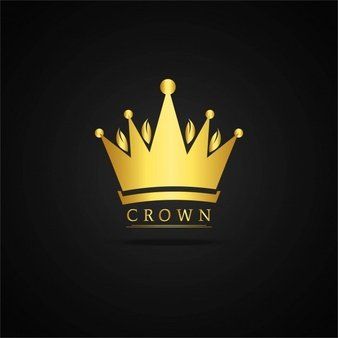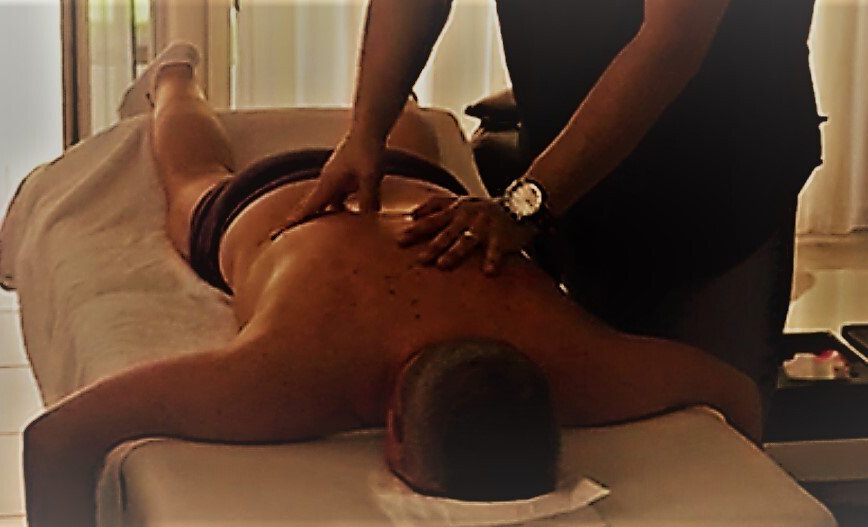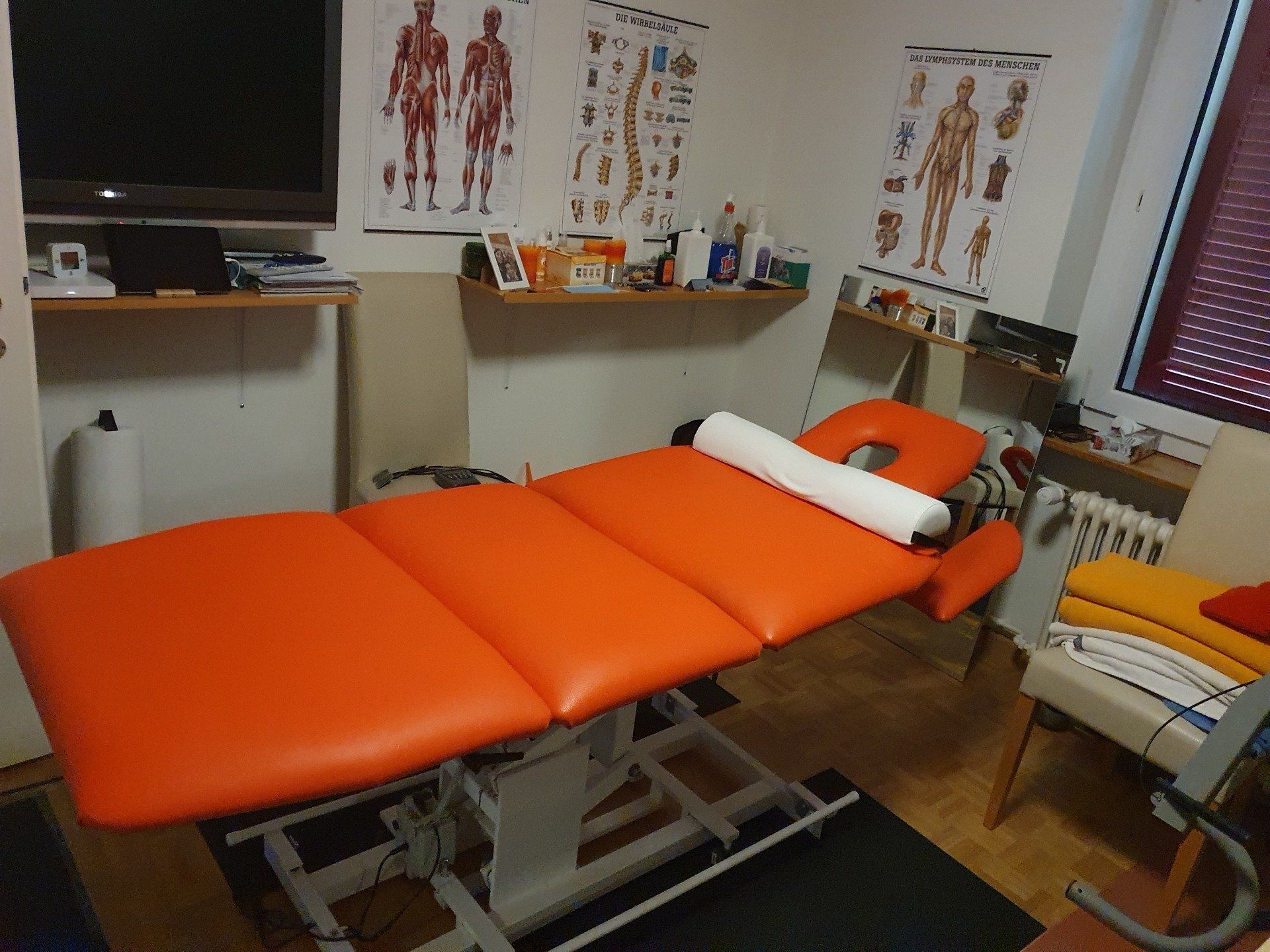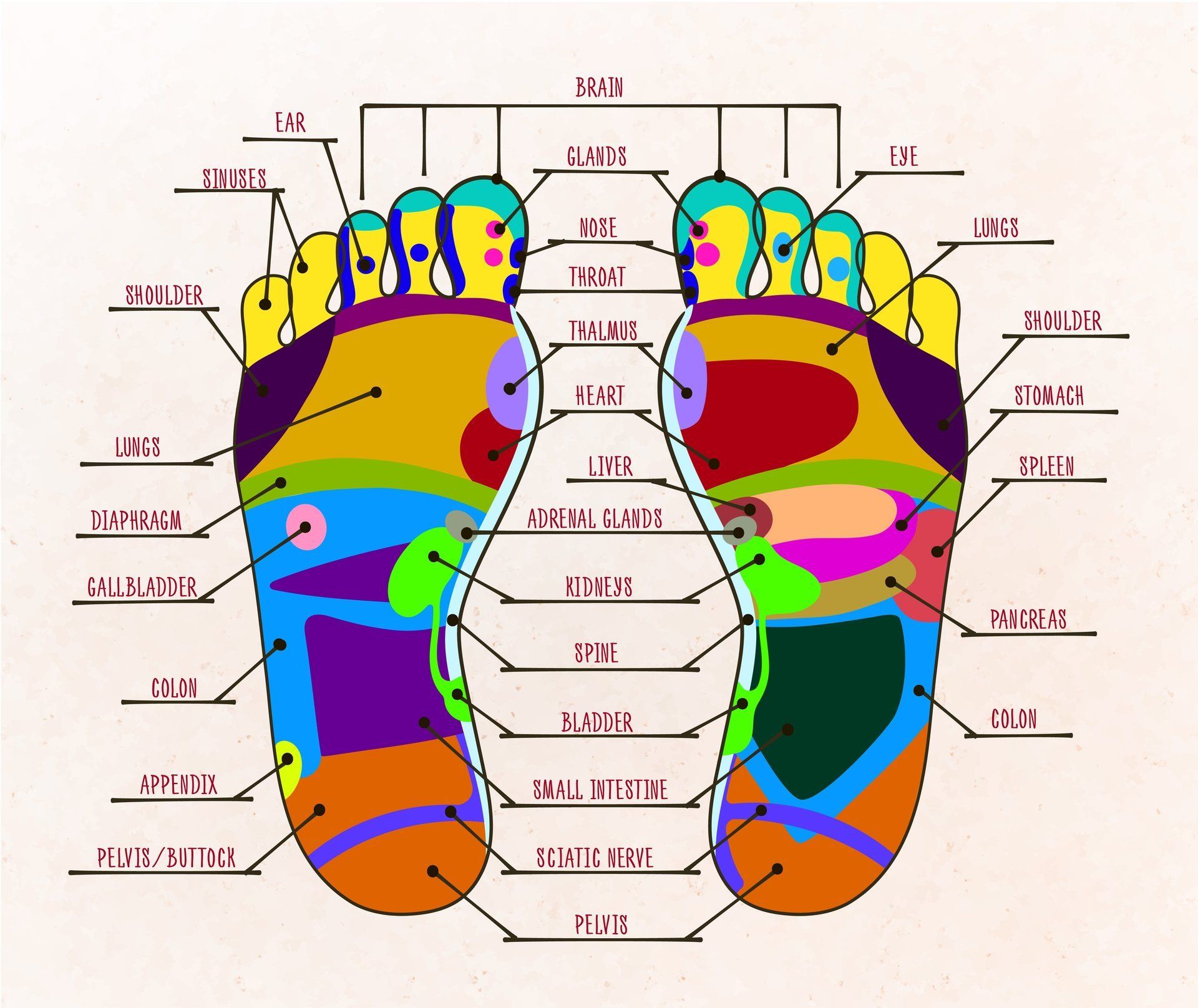SERVICES
FULL BODY MASSAGE AND PARTIAL BODY MASSAGE
full body massage
In a full-body massage, the masseur caresses the patient's entire body with caresses, but also with firmer grips, in order to relieve any tension. The whole body massage has been considered a very good remedy and beneficial procedure for solving minor ailments for a long time. But only in the 20th century did it find its way into the rooms of masseurs. Only in the last century was it recognized and used as a healing technique.
Nowadays, many of us know how relaxing it can be to get a full body massage. The full body massage not only relaxes tense muscles, joints and vertebrae, but also frees the head from unnecessary ballast.
The full body massage includes various techniques that are used very differently on the different parts of the body. Nowadays, circulatory disorders are also treated by a masseur with a full-body massage. The lymph flow is also stimulated during the full body massage.
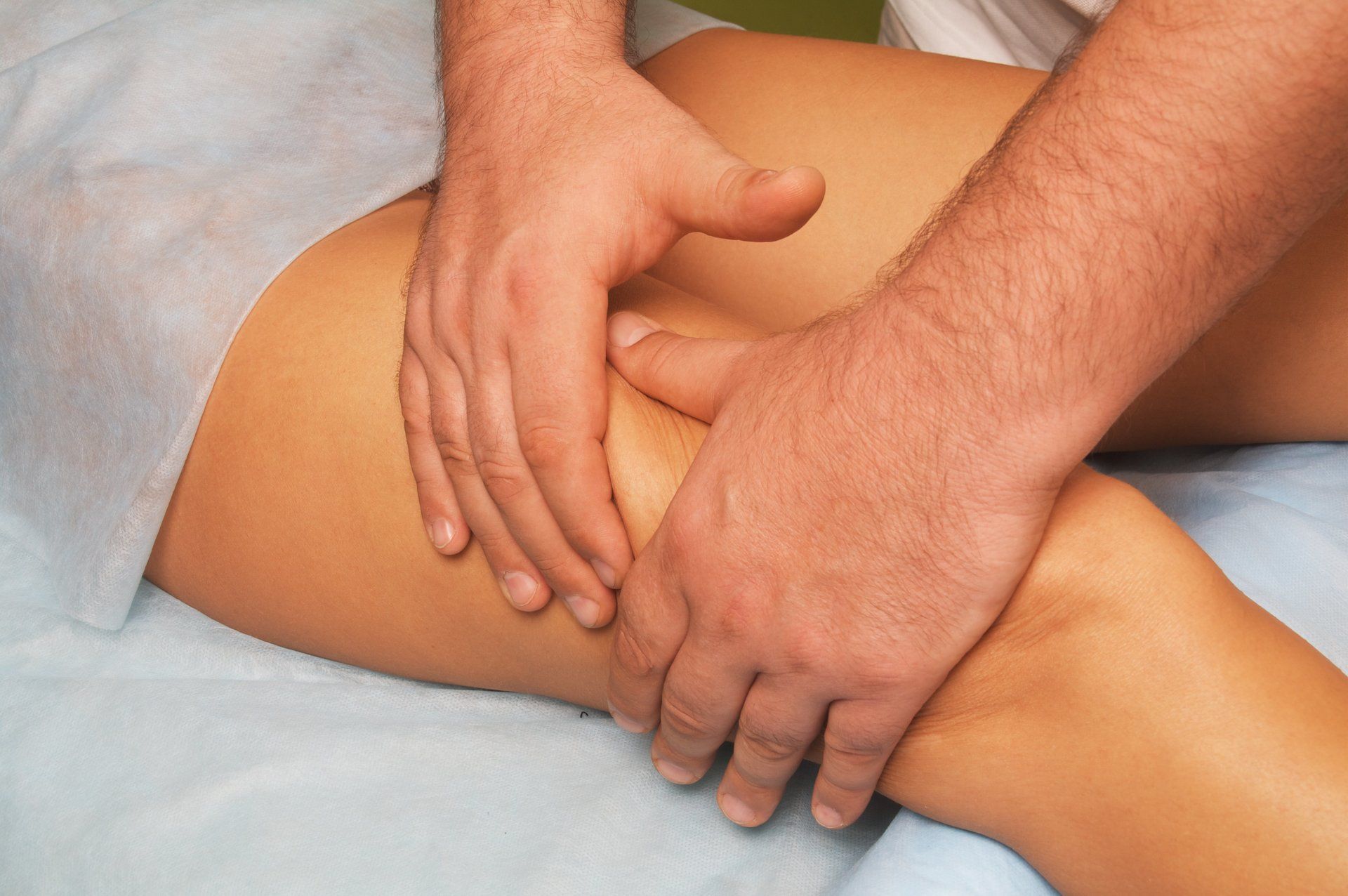
LYMPH DRAINAGE
The human blood flows in blood vessels, the network of which runs over the entire organism. This is exactly how lymph flows through the body via its own pathways. Lymph is a liquid that the body cannot do without for its immune system. Lymph plays an important role in the healthy organism. Under certain circumstances, lymph from the mesh can get into the tissue. This often happens during an illness, generally this occurs with cancer patients. Lymphatic drainage acts on the lymphatic system.
- Lymph vessels = they drain the lymph into the venous system
- The superficial ones drain the skin and subcutis
- The depths drain muscles, joints, tendon sheaths and nerves
- Lymphatic organs = eg lymph nodes and spleen. They form lymphocytes and are therefore very important for the defense processes in the body.
The task of the lymphatic system is primarily the removal of tissue water (= lymph; this is a liquid consisting of proteins and other substances). If the lymph transport is disturbed, more fluid accumulates and edema forms.
The treatment is not painful, in principle it is even found to be very pleasant. The edema problem is usually not solved with one session. The edema usually only disappears after several treatments. Lymphatic drainage can be carried out again at any time for each new formation without side effects, in any case always as often as necessary. Edema itself is not a disease in the usual sense, but merely a side effect of certain health disorders. For example, edema occurs in venous insufficiency, in cardiac insufficiency or after operations. Physiotherapy helps in all cases, sometimes lymphatic drainage even has to be applied daily.
Lymphatic drainage training / further education
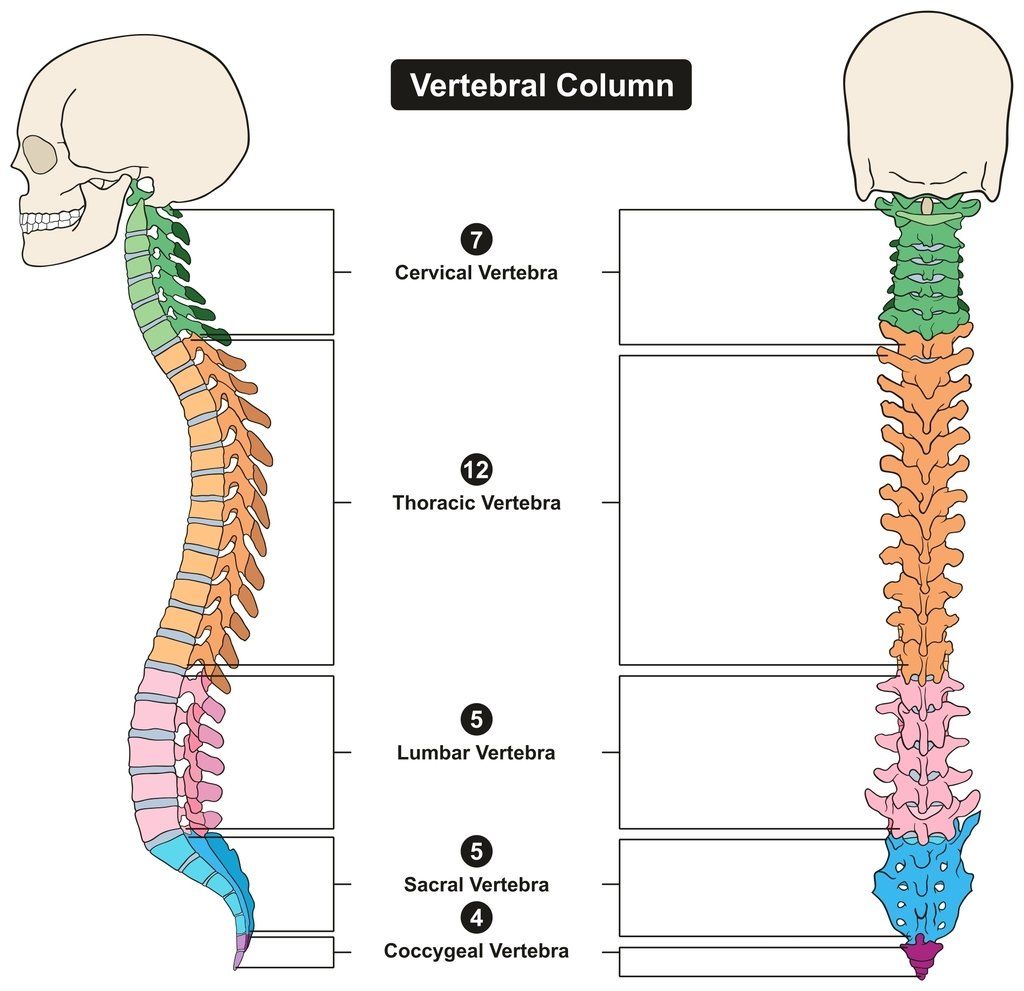
CRANIOSACRALE-THERAPIE
The term is explained by the terms cranium for skull and sacrum for sacrum.
Cranio-sacral therapy originally developed from osteopathy.
According to the basic osteopathic idea that every form also produces a function, the osteopathic treatment principles were transferred to the skull and pelvic bones, the spine, the cranial sutures as well as the brain, spinal cord and the surrounding skin.
The regular increase and decrease in cerebrospinal fluid creates a gentle, regular movement in the body that “sloshes” up and down the body 6-12 times a minute. Ideally, this wave can move freely through the body. Injuries, trauma, etc. constrain the free flow.
How the liquid moves through the body provides important information for the therapist and forms the basis for the therapy.
In addition to treating the structures described above, therapy today also includes the treatment of connective tissue and organs and is an integral part of body-oriented psychotherapy and baby therapy.
There are no age restrictions for treatment, even for babies.
Indications for craniosacral therapy?
- Headache migraine
- Visual and hearing disorders, tinnitus
- dysfunctions of the temporomandibular joint; Teeth grinding, malocclusion
- neck pain; whiplash
- Back pain: disc and sciatica problems, injuries
- Brain and spinal cord trauma
- hyperactivity and learning disabilities
- experiences of grief and shock
- emotional states of tension; burn-out syndrome; depressions
- pregnancy discomfort
- persistent complaints after childbirth
- Discomfort in newborns / infants







